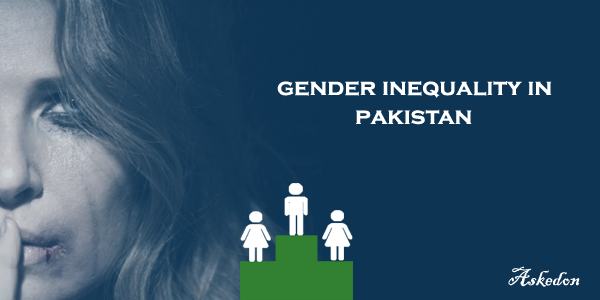The Periods of Stagflation, also known as Stagflation in Pakistan or inflation and unemployment in Pakistan, are periods of economic stagflation in Pakistan's economic history, which has affected Pakistan's economic trajectory since its inception. The first period of stagflation began in the 1970s after the secession of East Pakistan and the formation of Bangladesh following the surrender during the Bangladesh Liberation War. Although the government of Zulfikar Ali Bhutto made an attempt to end this period, it was subsequently ended by the military government of Zia-ul-Haq in the 1980s. The end of Soviet engagement in Afghanistan and increasing U.S. aid to Pakistan facilitated a second period of stagflation in the 1990s.
Besides this, during this period, both Benazir Bhutto and Nawaz Sharif attempted to tackle stagflation, with Nawaz Sharif first implementing economic liberalization and privatization. The second period was ended by Shaukat Aziz's government which implemented much tougher taxation, monetary, and financial development policies in the 2000s. After Aziz's reforms, the third period came about after the 2008 elections and widespread militancy in North West Pakistan, in addition to the global financial crisis. Pakistan's leading economists and financial scholars are uncertain about the causes of stagflation, and many attribute this period to several factors including the state's role in the war on terror, corruption, tough monetary policies, and several other factors.
Yousaf Raza Gillani, Prime Minister of Pakistan from 2008-2012, is held responsible for doing too little to improve the economic situation. The leading financial critics point out that Gillani's government carried out no major economic reforms to encourage economic development and the few policy measures and reforms were either very modest or collapsed due to opposition from his party's leadership.







0 Comments